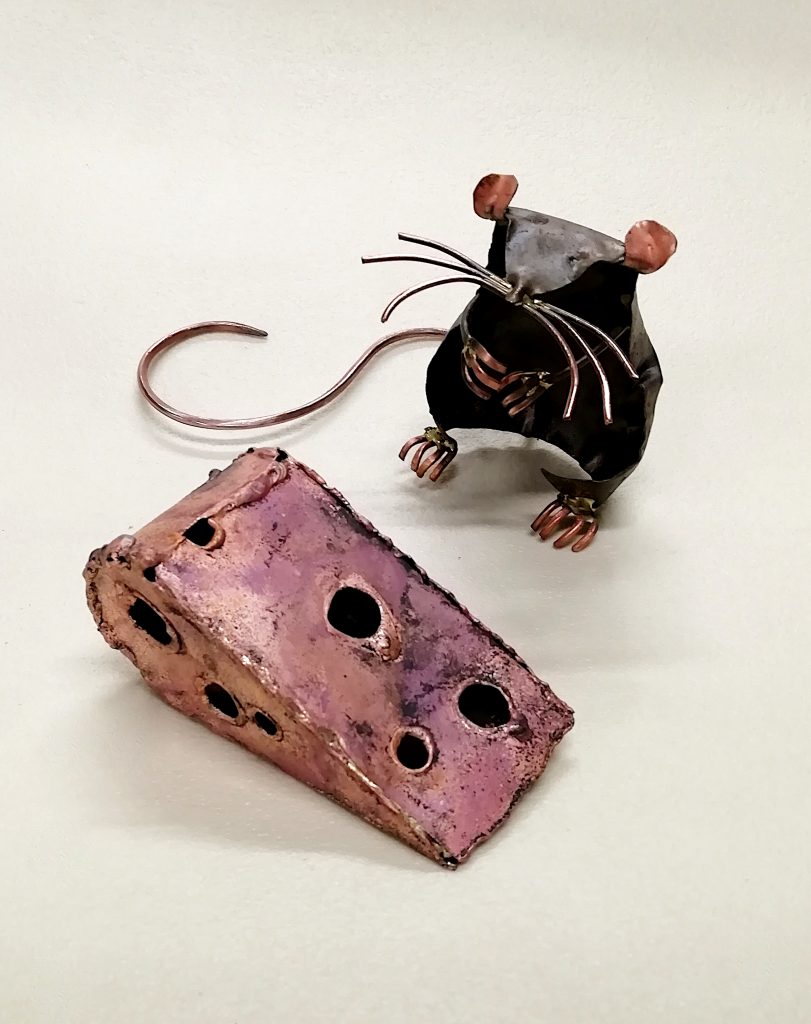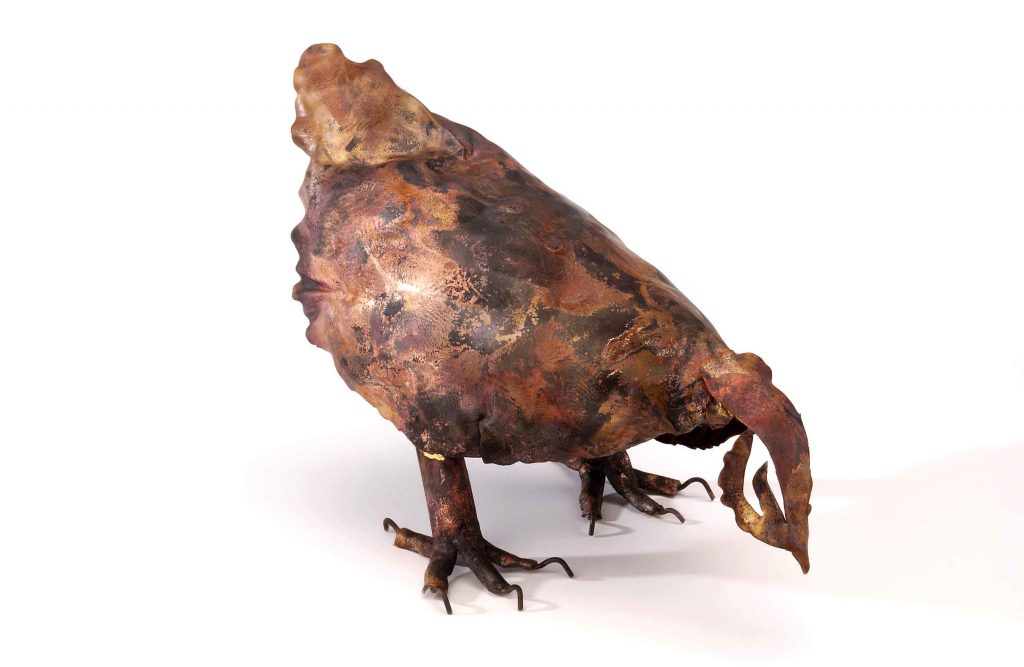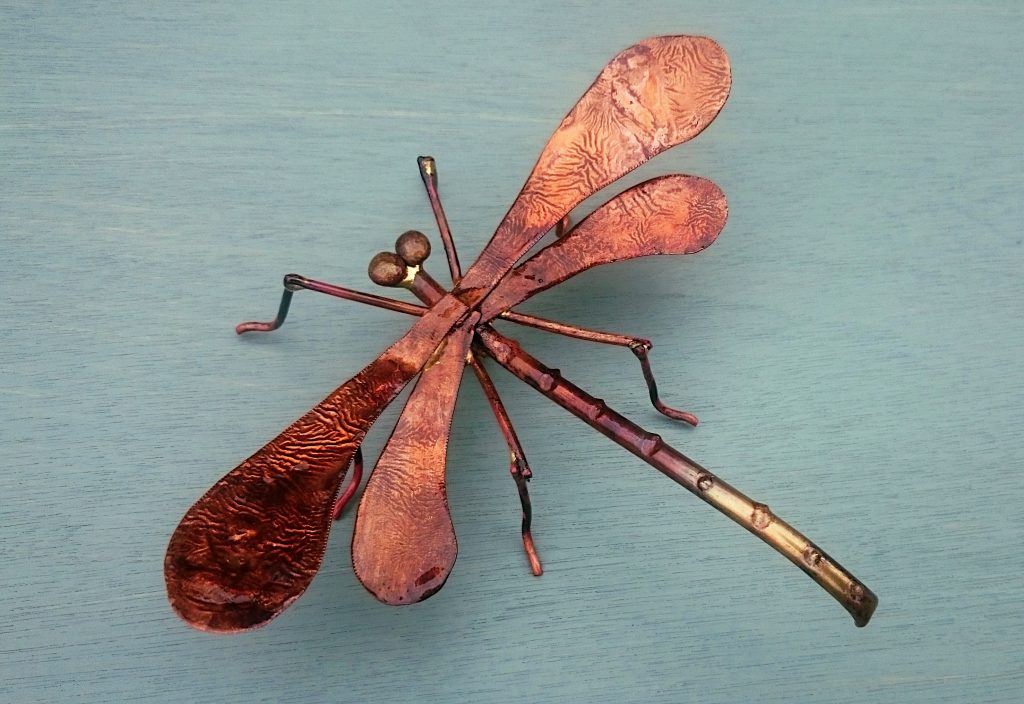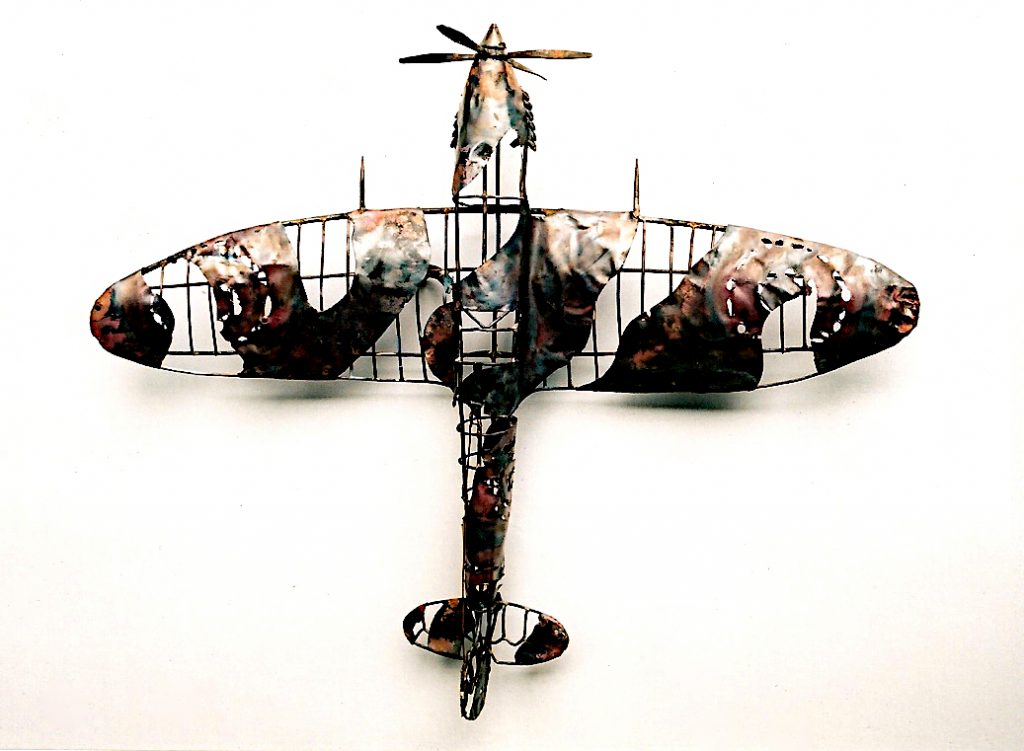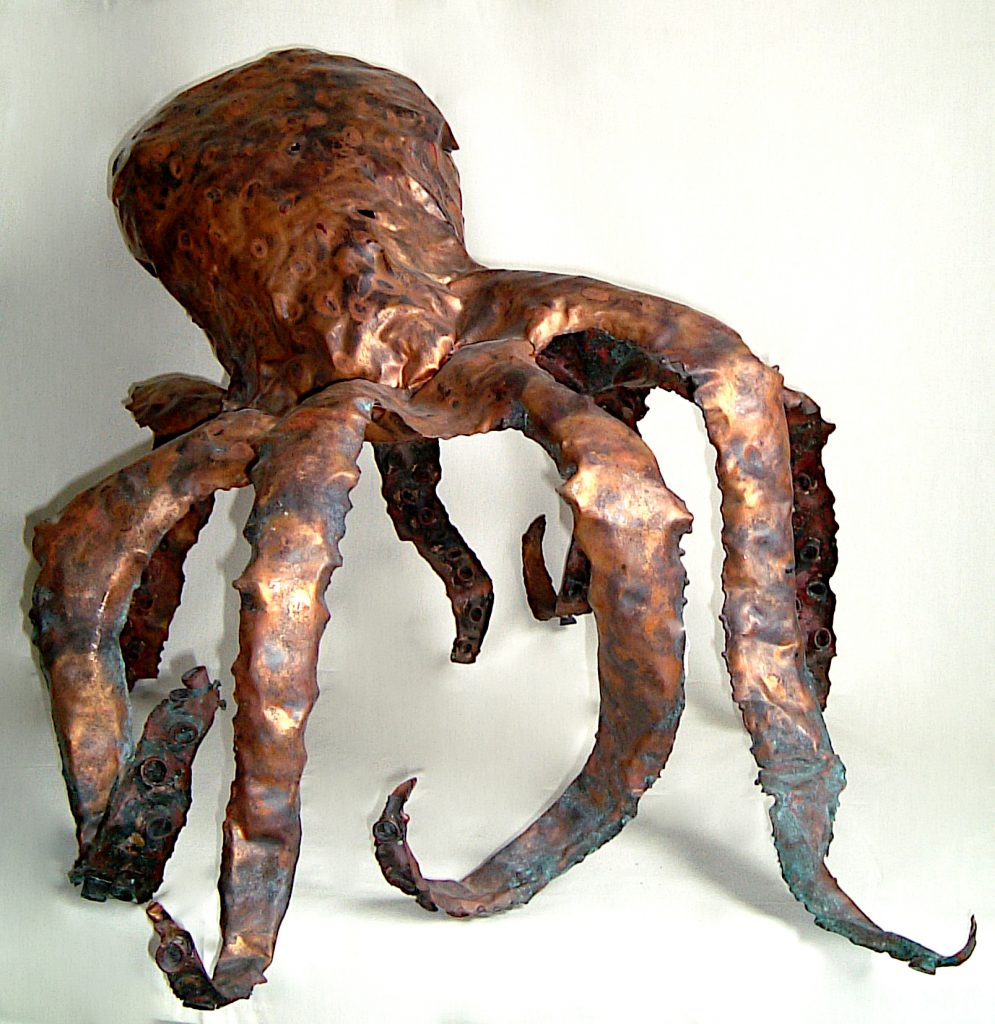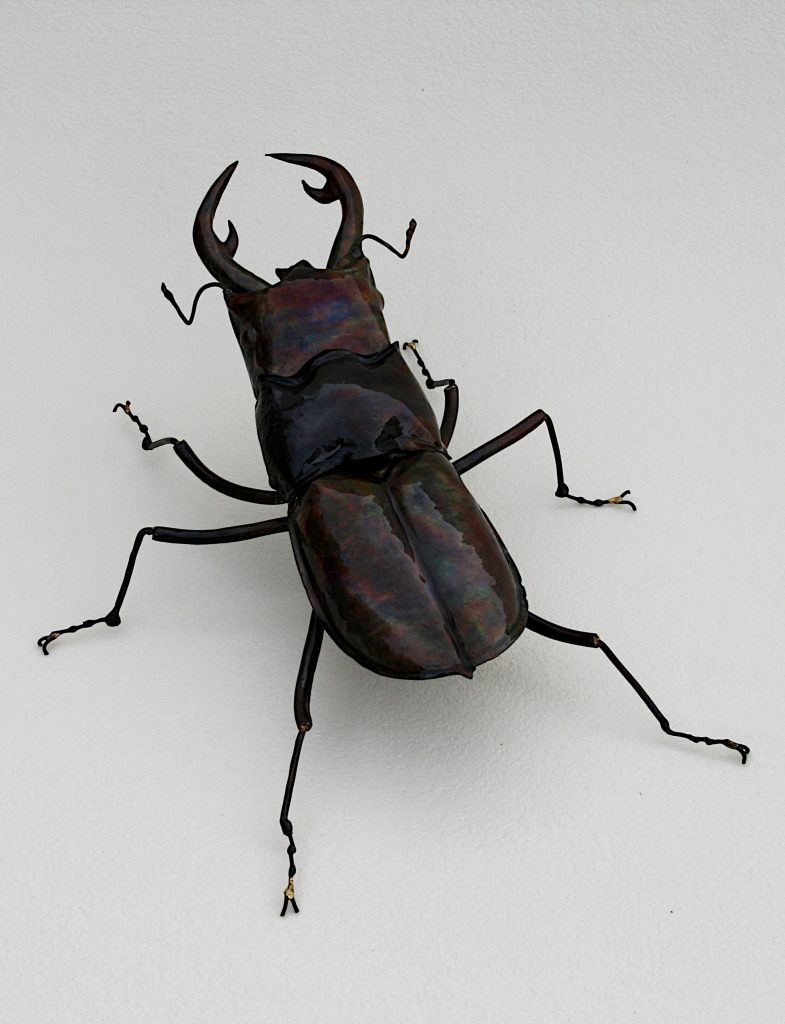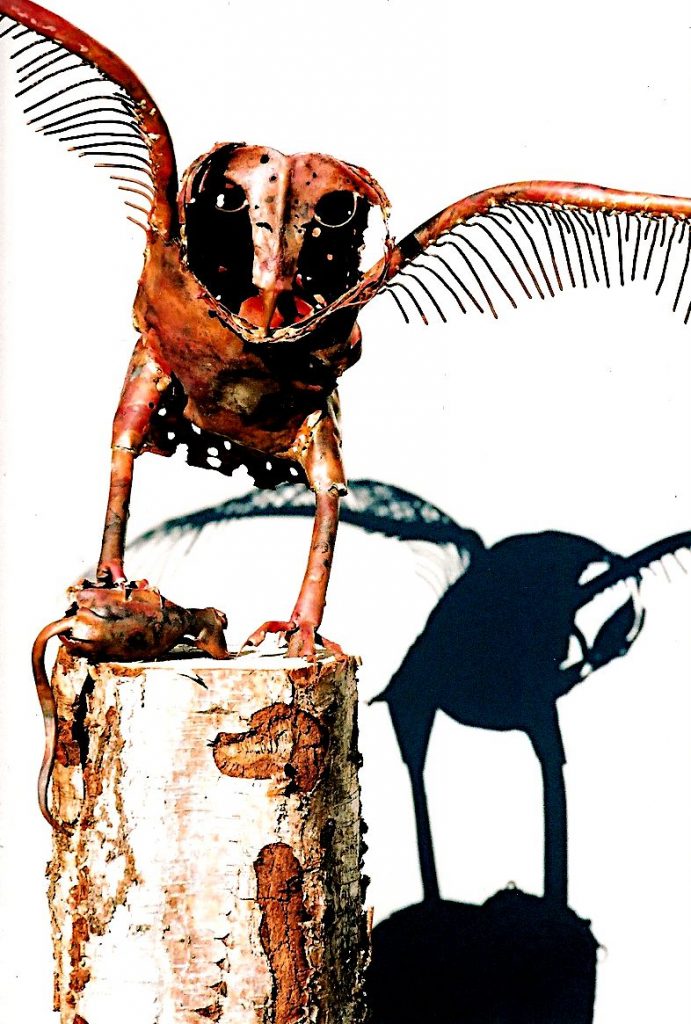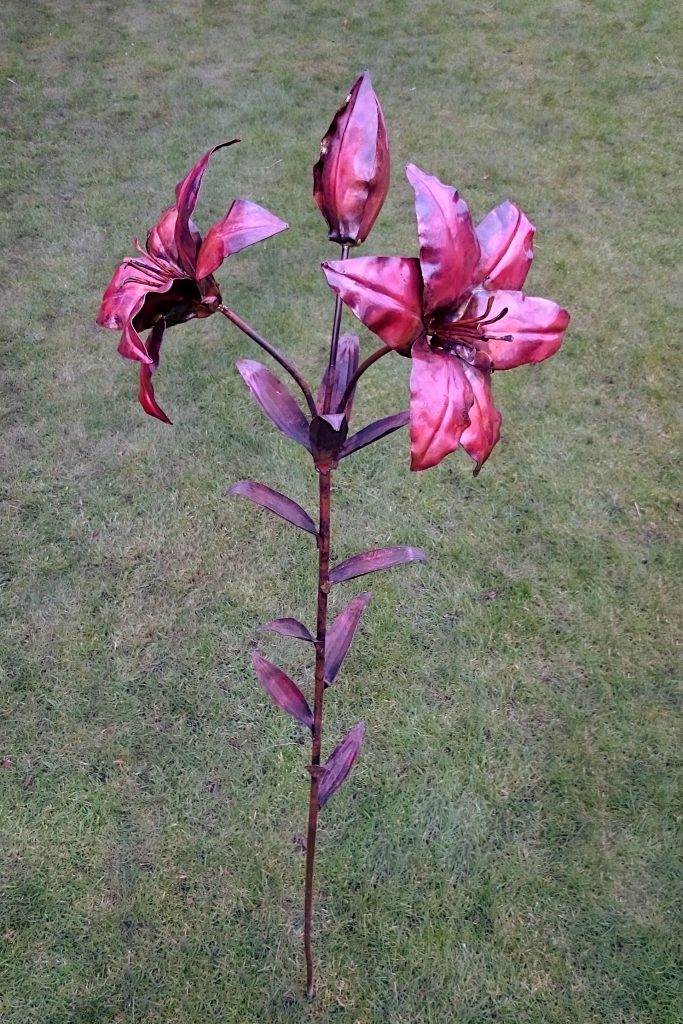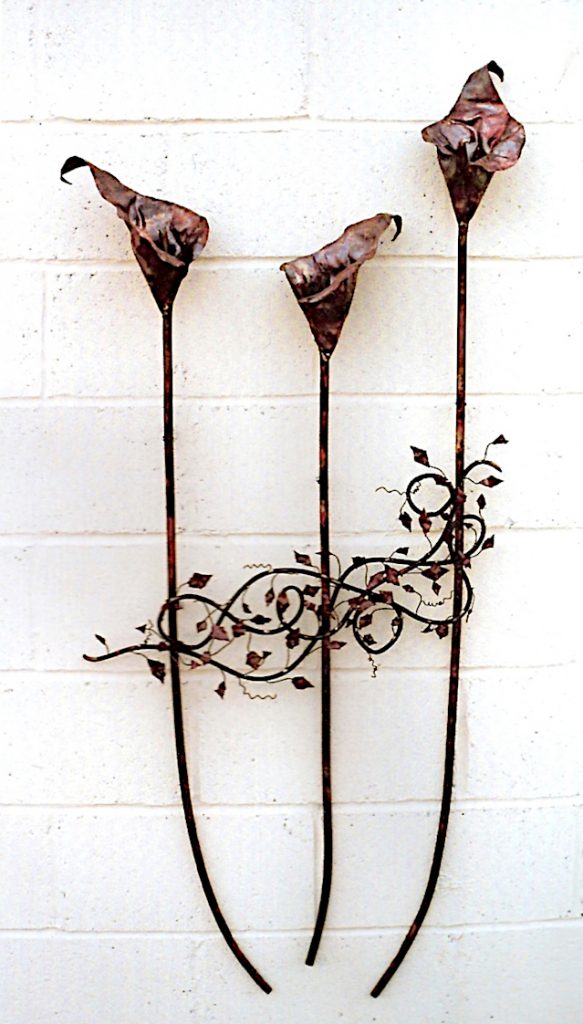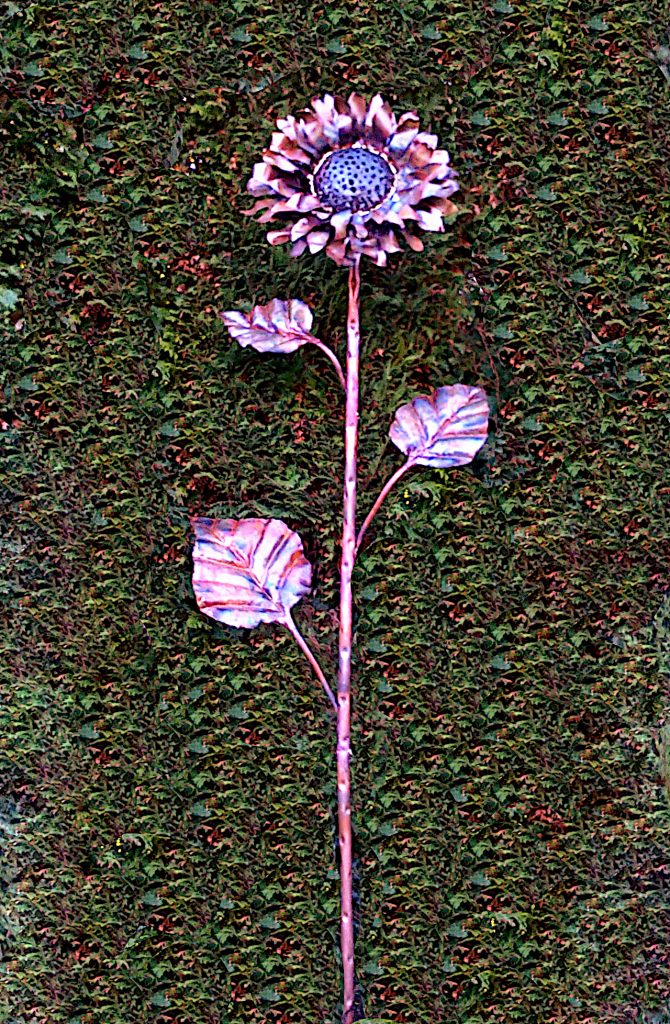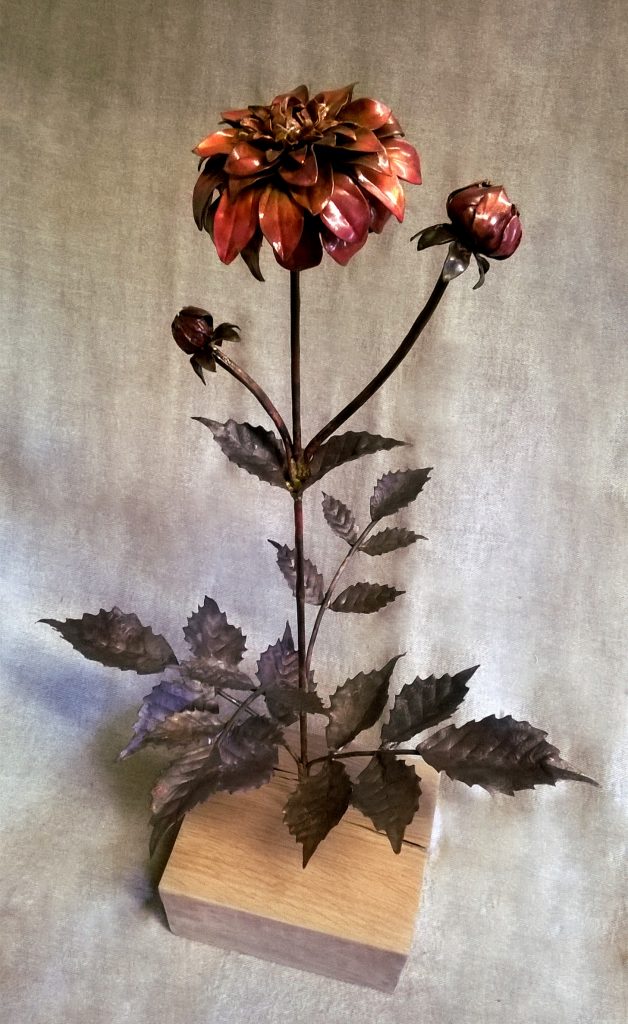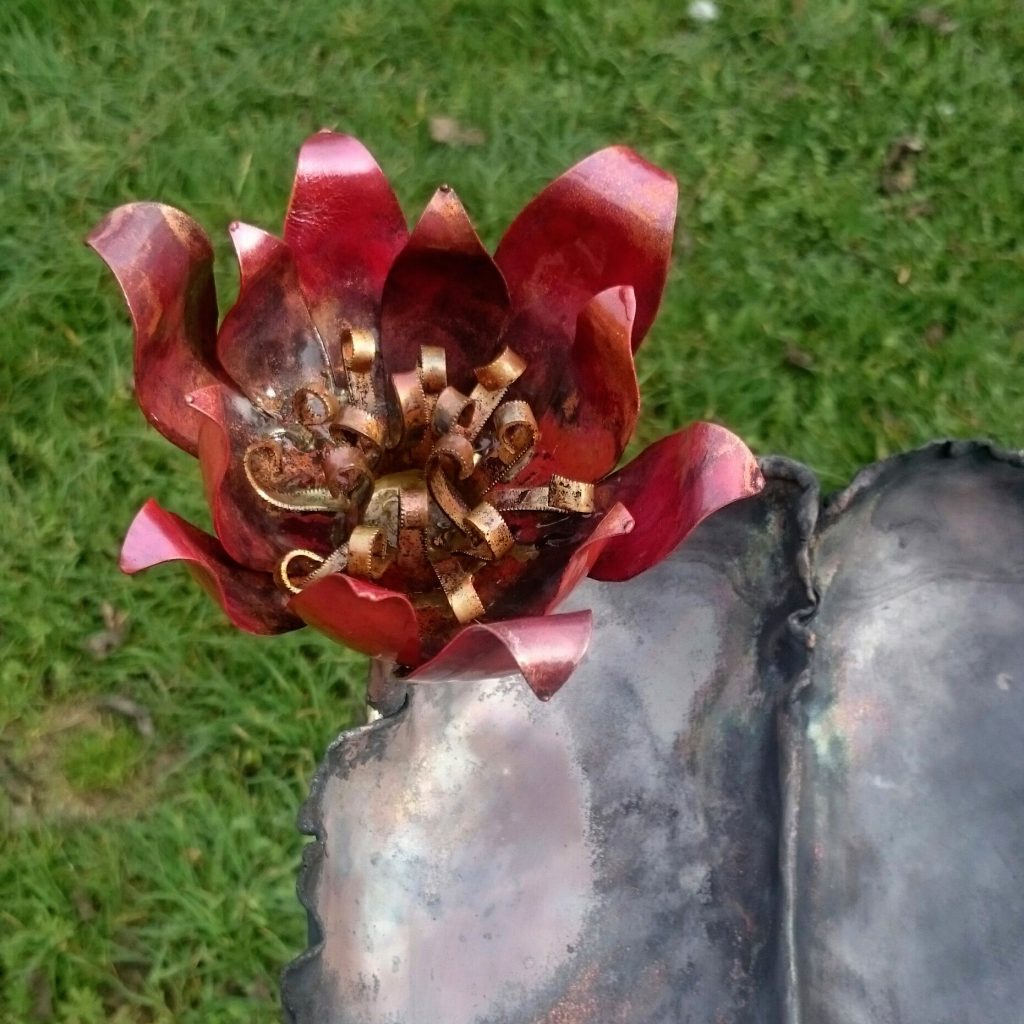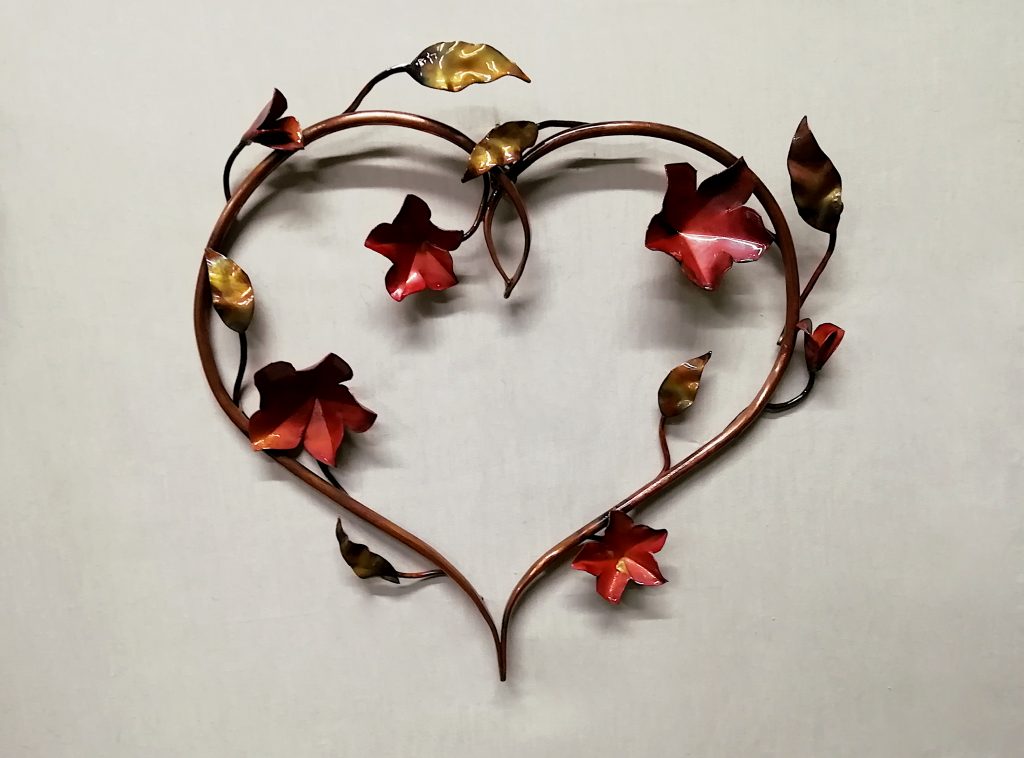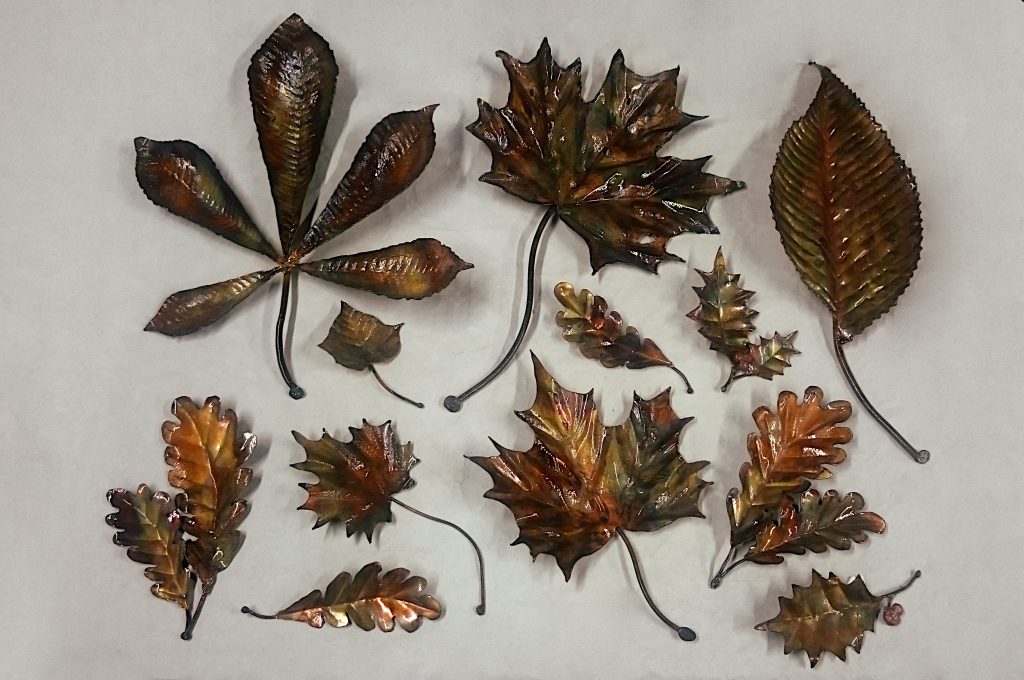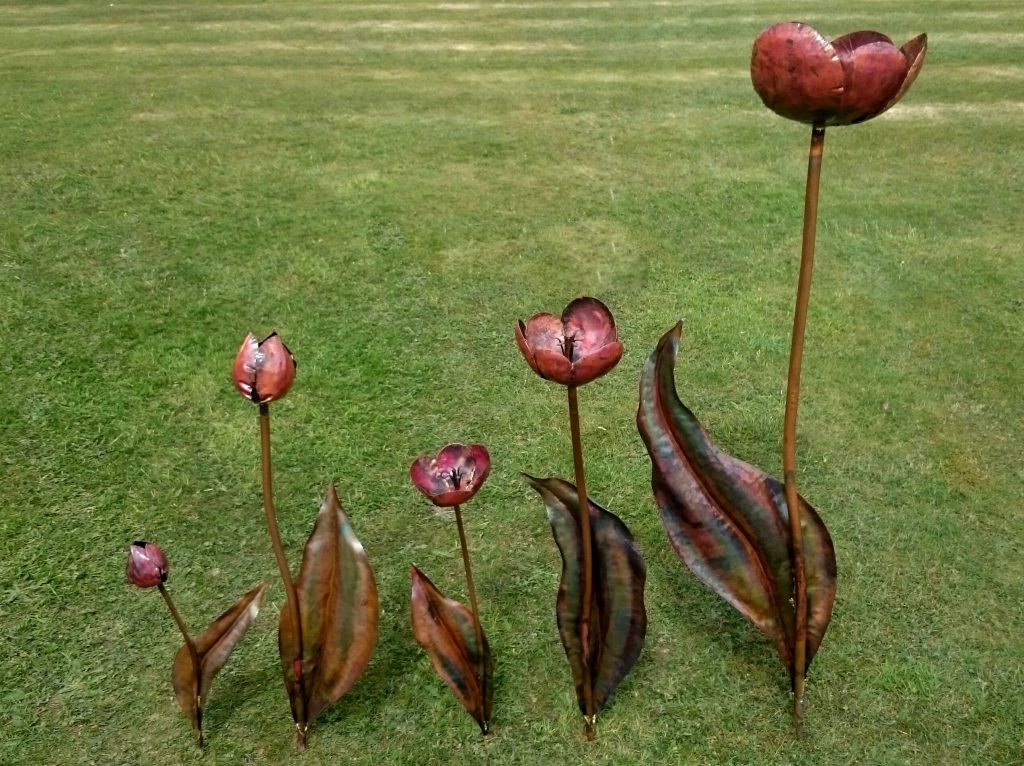Emily Stone was born in Canterbury, historic capital of the ancient kingdom of Kent, in the south-eastern corner of England, in 1979. The family home was and still is in a tiny hamlet between Canterbury and Sandwich, and both her parents are retired teachers.
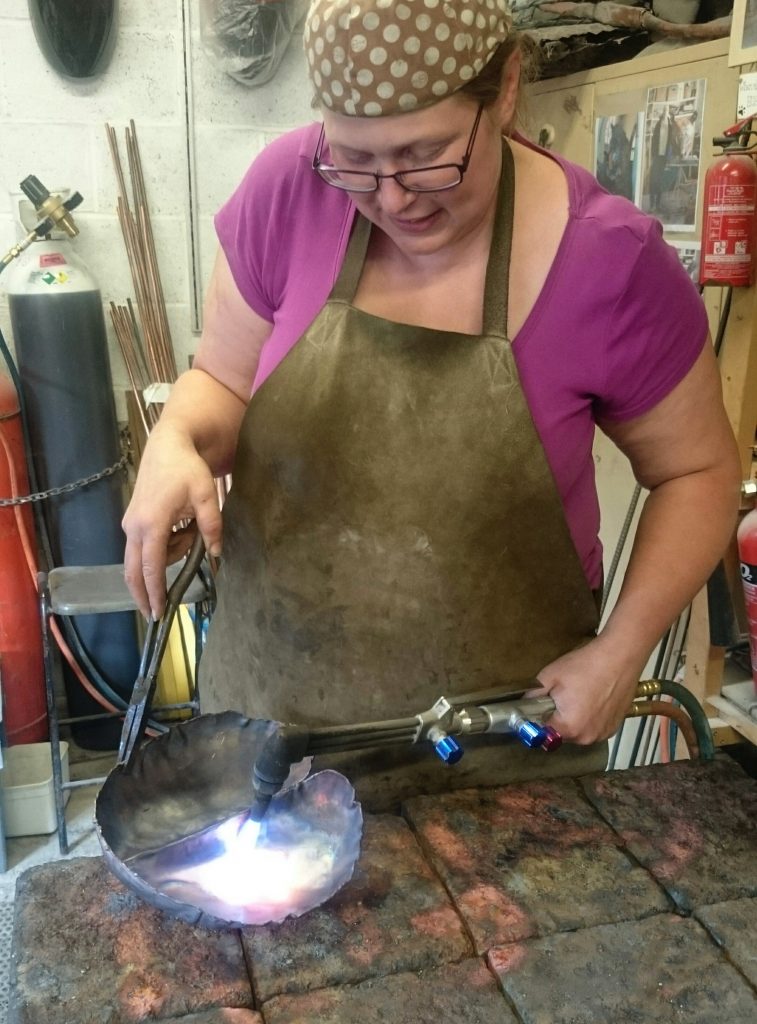
She attended a local village primary school at Wingham, and later the Simon Langton Grammar School for Girls until her GCSEs; after which she transferred to the Archbishop’s School, also in Canterbury, for her sixth form. It was here that her love of art developed into a career choice, and she is conscious of a great debt owed to the art staff there, and to the caring and supportive ethos of the school and its inspirational headteacher, the late Alasdair Hogarth. In addition to A Level Art and German, she took photography as an additional GCSE, earning an A* pass with 100% marks.
In 1998 she entered the Foundation course at the Kent Institute of Art and Design in Canterbury, still not certain what aspect of art drew her most keenly. The foundation art courses offer an introduction to a variety of disciplines in the arts field, including fashion and textiles, painting and drawing, photography, and sculpture. Emily strongly recommends the foundation course to anyone contemplating an arts career; it offers a space for thinking, exploring, and developing. As the year progressed, she found herself increasingly drawn to photography; but then in the sculpture term she began working with copper as a sculpting material, and was immediately hooked. Her final piece, a five-foot high copper wave, after Hokusai, won the first prize awarded by the South-East Decorative and Fine Art Society at the KIAD final exhibition of students’ work in 1999.
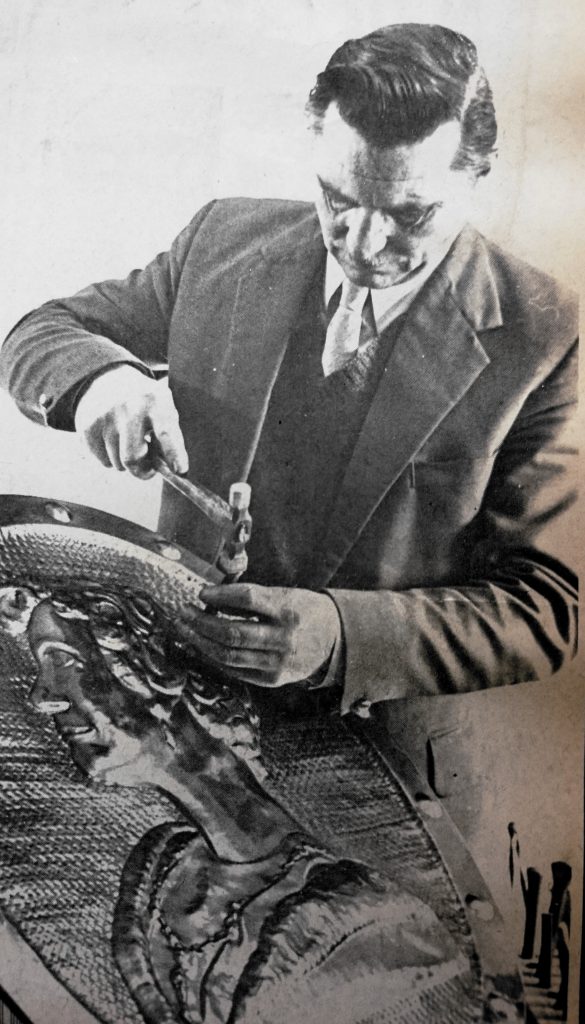
Her grandfather, Rodney Stone, had been a Local Government Officer in Margate, but as a hobby had developed his wartime sheet metalworking skills to create artwork in copper repoussé, where a design is pasted on the back of a copper sheet, and then beaten out from the back and punched in from the front to form a bas-relief. His work can still be seen in Margate in medallion portraits of Victoria and Albert on the clock tower; in the town coat of arms above the bench in the magistrates’ court; on Dover seafront, a memorial commissioned by the Dunkirk veterans; and possibly the most finely developed of all, a view of the ancient Tudor House. Emily never knew her grandfather, who died when she was only six months old, and sadly, most of his tools were lost (except for his anvil – see the foot of the Main Gallery page). However, she was conscious of a family tradition, and was delighted to take up the mantle.
There were at that time three notable higher education courses in craft design: at Manchester, Brighton and Hereford. Emily chose Hereford, conscious of the need for business management skills which they offered, and drawn by their links with the blacksmithing courses at nearby Holme Lacey, and the high reputation of the course for producing self-supporting artists capable of making a living from their work.
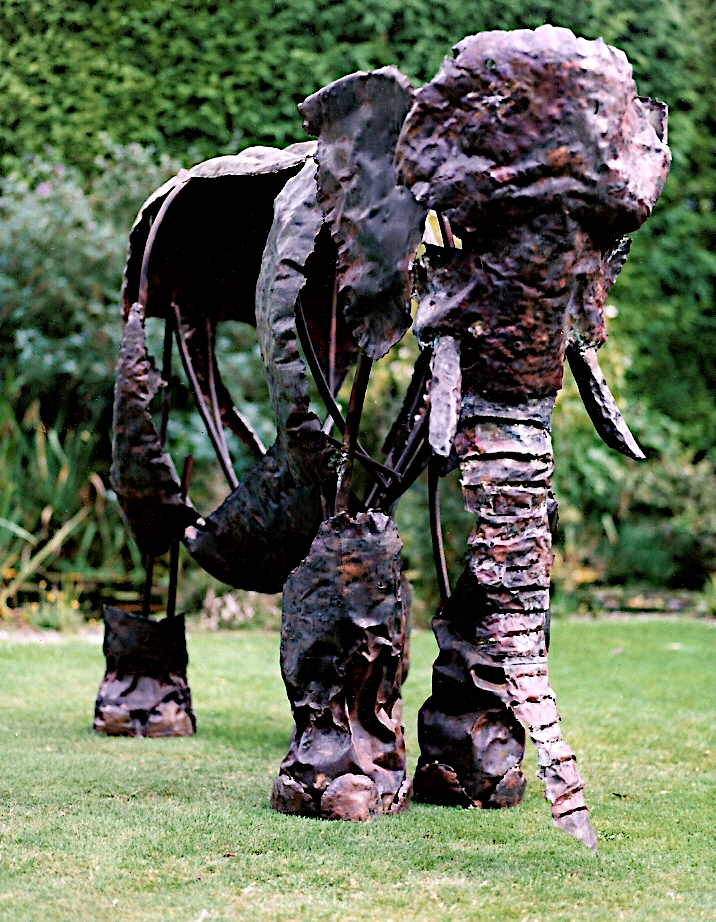
Sadly, the course was created from an engineering background. Students were required to research, sketch and photograph, and then to visualise their final product, which would be drafted and fully designed on paper before construction of the final piece. Emily was happy to research, and still spends considerable time watching, photographing, drawing and getting to know her subjects; but then she finds the best way to visualise is to begin work with the copper, shaping, heating and beating, and the sculpture itself changes and develops during this process. Copper is a remarkable medium: amongst the most malleable and ductile of metals, it has both strength and softness, it has colour and texture; it can be harsh and jagged, or soft and strokeable; springy and vibrant or dark and massive. The course and the artist could not be reconciled, and towards the end of her second year in 2002, after a continuing series of depressing grades and destructive criticism, she left. It was a dark time, and she felt angry and more than a little lost.
However, her work was already selling. Early trial pieces, mainly mice and dragonflies, were selling from a gallery in Hereford, and on the day she finally walked out of the college, she was invited to join a partnership in an artists’ cooperative running a small gallery in Hay-on-Wye, on the strength of these pieces. Her five-foot tall elephant, produced as part of the Hereford course but to a brief set and marked by a visiting artist – and the only piece of her work at Hereford to earn a good grade – received praising comments and offers. Led on by the hope that there might still be something she had to offer, and by these slender threads of encouragement, she returned to live at her parents’ house, and in May 2002 opened a gallery and workshop in a converted potting shed at a plant centre at Worth, near Sandwich.
This was a time of small triumphs. The first direct sales of small pieces; the first day on which she sold separate items to two different customers; every positive comment in her visitors’ book. She researched and created the beginnings of the range of sculptures for which many now know her, many of which can be seen in the gallery pages of this site. There was a starfish, and mice; butterflies and dragonflies sold well. She experimented with some larger pieces – a zebra amongst them, with just the black stripes actually formed in copper – and chickens, which were immediately popular. The mare and foal, full size, which are amongst her most striking works, date from this time.
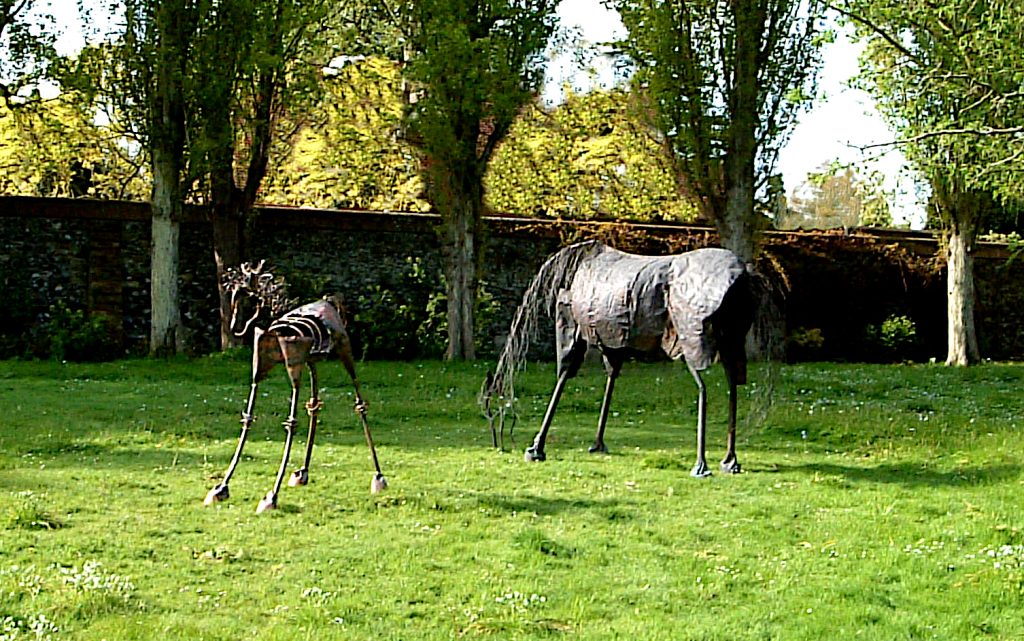
Seen above: the Mare and Foal, photographed in the meadow section of The Salutation Gardens, Sandwich. Emily was artist in residence here from the restoration of the garden in 2007, for ten years until a change of management was (somewhat disastrously) introduced.
As well as animals, she began to create flowers and plants, whose delicate shapes, colour and structure, converted well into the medium. Her work is not a copper replica of the reality; it is a representation of the essence of the animal, plant, or structure. A commission for a Spitfire showed that the principle applies equally well to machines that have souls: it is at the same time a rugged metal structure, yet also the decayed ghost of the dream which won the Battle of Britain. After a holiday in Tenerife, where she spent time photographing and drawing a crocodile in a wildlife park, she created a twelve-foot armoured monster, edged with jagged triangular plates and menacing teeth; but the same material can become the iridescent veined wings of a dragonfly, the hard chitinous shell of a stag-beetle, or the suckered curling legs of an octopus. Her owl is a blend of barely-existent spread wings, a spectacled face of eyes and curved beak, and below, the vice-like grip of the clawed feet, one clutching a mouse as it pauses on a fence post.
By 2004, sales were strong enough to allow her to move out from her parents’ house, as well as buying a van and a horsebox to move larger pieces. She has three times moved to new and better workshops. As her career has progressed she has graduated from selling at art and craft fairs to specialist galleries and larger and more prestigious sculpture exhibitions and gardens, a list of which may be found on the Past Exhibitions page.
Relatively few people are able to support themselves entirely through art, but since leaving school Emily has had no other income, and has remained determined to make her way in the world through the interpretation and creation of natural forms in this most remarkable of media. Over the past twenty years she has developed a strong following of regular and occasional customers, including people of standing in the art world, titled nobility, and celebrities; but she is still pleased to maintain in her collection smaller items like the smaller leaves, fish and butterflies which can be bought on a pocket-money budget.
She has survived the covid-19 restrictions year thanks to the continuing support of her well-established customer base, this website which continues to impress new visitors, and the well-organised response of some galleries and gardens which found ways to carry on despite the lockdown. The future is positive, as far as anybody can predict in these changing times, and the supply of inspiration from the natural world is inexhaustible.
She is a prolific artist. Examples of nearly all of the many pieces she has created can be seen in the Gallery on this website. If you own an early mouse, guard it well! For the future, who can say what will appear next? You may wish revisit this website and follow the unfolding story – have you bookmarked the site?
To receive occasional emails concerning exhibitions or significant new works, please email emily@coppercreatures.co.uk . I do not spam, and I won’t pass on your address to anyone else so you won’t get inundated with junkmail. I post regularly on Facebook and Twitter, if you would prefer to follow there.
